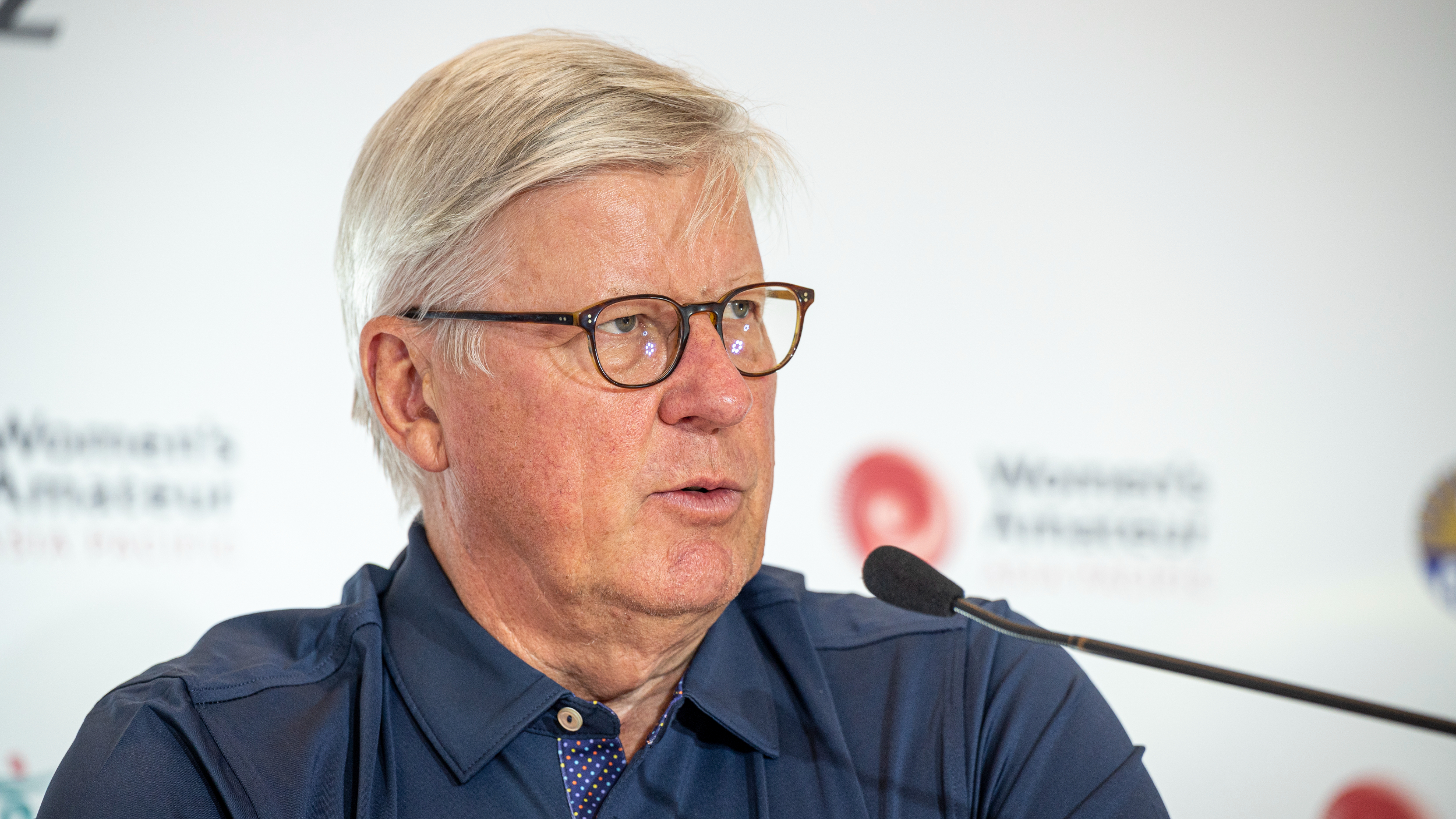Golf Ball Rollback Proposal 'To Protect The Long-Term Integrity' Of The Game
The CEOs of the game’s governing bodies have explained the need for the change


The heads of the R&A and USGA have explained that the golf ball bifurcation plans will help protect the game’s future as driving distances continue to increase.
The driving distance debate has rumbled on for years, with many of the game’s key figures having their say on the issue, and several proposals mooted to address the concern, with the risk of courses becoming too small as players hit the ball further.
Explaining the proposal, that’s something USGA CEO Mike Whan says is vital they address sooner rather than later. He said: “If we simply do nothing, we pass that to the next generation and to all the golf course venues around the world for them to just simply figure out.”
Whan’s counterpart, R&A CEO Martin Slumbers, backed him up, saying golf’s long-term integrity is at stake. He explained: “We've crossed the Rubicon with regards to where hitting distance is but more importantly where it is trending, and it's our responsibility as governing bodies to propose change to protect the long-term integrity of our sport.”
Under the proposal, a new Model Local Rule would allow competition organisers to enforce a rule that ensures competitors play golf balls that go shorter than the current legal models used by pros and amateurs alike. The change would be made to the clubhead speed of its testing procedure – from 120mph to 127mph, but retaining the ‘Overall Distance Standard’, or a limit the ball can travel of 317 yards.
Slumbers explained the move is necessary given the relentless increase of distances over recent years. He said: “We're not so much trying to solve a problem today; we're trying to solve where we believe it's going, and there is no doubt in our minds that the game is going in that direction, and will continue to move upwards. There is no evidence in history to prescribe otherwise.”
Whan reiterated the point, while also saying that the issue is likely to be back on the table in the not-too-distant future. He said: “The kind of distance impact we're talking about is probably going to last 12 to 15 years before we'll be right back to where we are now, given historical trends. We're not suggesting that we're taking the game to a place that it hasn't been recently and that we won't be right back here in 15 years.”
Get the Golf Monthly Newsletter
Subscribe to the Golf Monthly newsletter to stay up to date with all the latest tour news, equipment news, reviews, head-to-heads and buyer’s guides from our team of experienced experts.
The plan hasn't received universal approval, with equipment manufacturer Titleist describing it as “a solution in search of a problem.” Nevertheless, each had words of encouragement for the doubters.
Whan said: “I think if you're talking about going to a Korn Ferry Tour event and somebody hits it 340 today and hits it 336 tomorrow, is that going to be less awe inspiring? I don't think so. I mean, 336 is still whatever the numbers are. You're still going to - you're watching elite level golf, whether it's amateur level, college level, pro level. I think the difference of what you'll be watching is not going to change, and the excitement behind that game.”
Slumbers added: “By sticking with the game formula which has been tried and tested, the longest drivers today will still be the longest drivers. The best drivers of the ball will still be the best drivers of the ball, and I still think that we've kept the integrity of the performance.”
Perhaps the most stark warning of the issues being stacked up for the future without the change was left to Whan. He said: "This is just to make sure that golf courses will still be in play in the next 20, 30 and 40 years. People say to me, is this about protecting a golf course? Well, if you feel it's about protecting a golf course, that's fine, but it's how big is that list of golf courses going to be protected going to be in 40 years if we turn the other way."

Mike has over 25 years of experience in journalism, including writing on a range of sports throughout that time, such as golf, football and cricket. Now a freelance staff writer for Golf Monthly, he is dedicated to covering the game's most newsworthy stories.
He has written hundreds of articles on the game, from features offering insights into how members of the public can play some of the world's most revered courses, to breaking news stories affecting everything from the PGA Tour and LIV Golf to developmental Tours and the amateur game.
Mike grew up in East Yorkshire and began his career in journalism in 1997. He then moved to London in 2003 as his career flourished, and nowadays resides in New Brunswick, Canada, where he and his wife raise their young family less than a mile from his local course.
Kevin Cook’s acclaimed 2007 biography, Tommy’s Honour, about golf’s founding father and son, remains one of his all-time favourite sports books.
-
 Volvo China Open 2025 Picks, Odds And Predictions
Volvo China Open 2025 Picks, Odds And PredictionsFollowing a break for The Masters, the DP World Tour returns for the final two weeks of its Asian Swing and the Volvo China Open is the penultimate event
By Jonny Leighfield
-
 Rory McIlroy's Sports Psychologist Explains Why He 'Didn't Talk' To Bryson DeChambeau In Masters Final Round
Rory McIlroy's Sports Psychologist Explains Why He 'Didn't Talk' To Bryson DeChambeau In Masters Final RoundDeChambeau raised eyebrows at Augusta National when claiming that McIlroy wouldn't engage in conversation during the final round of The Masters
By Jonny Leighfield